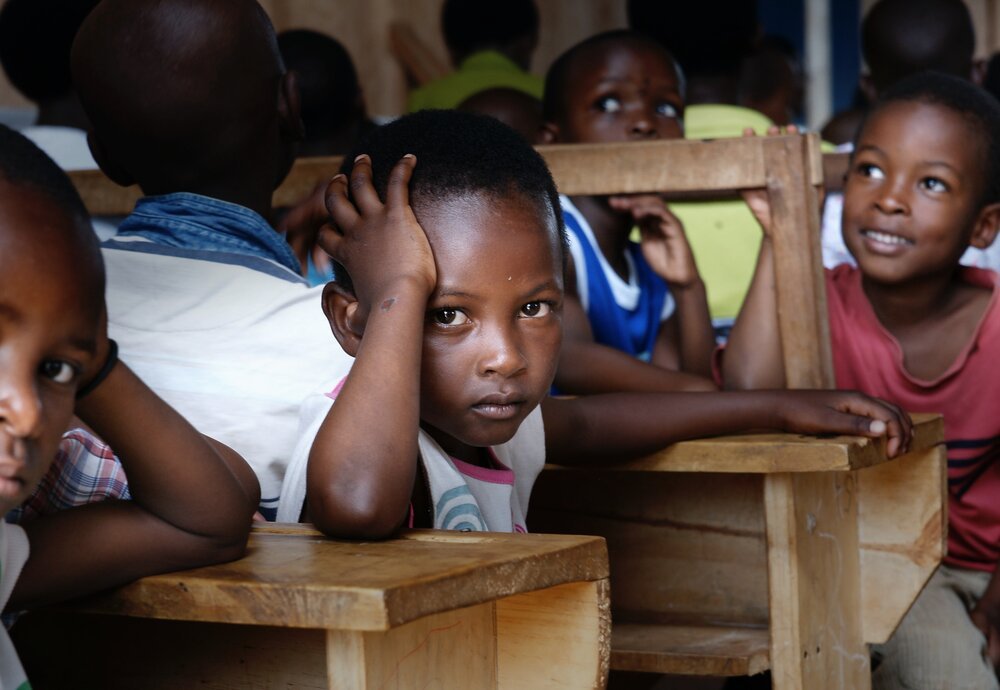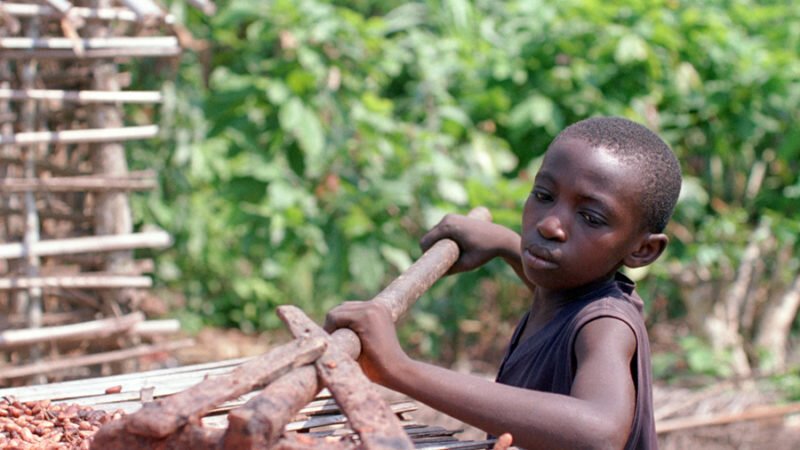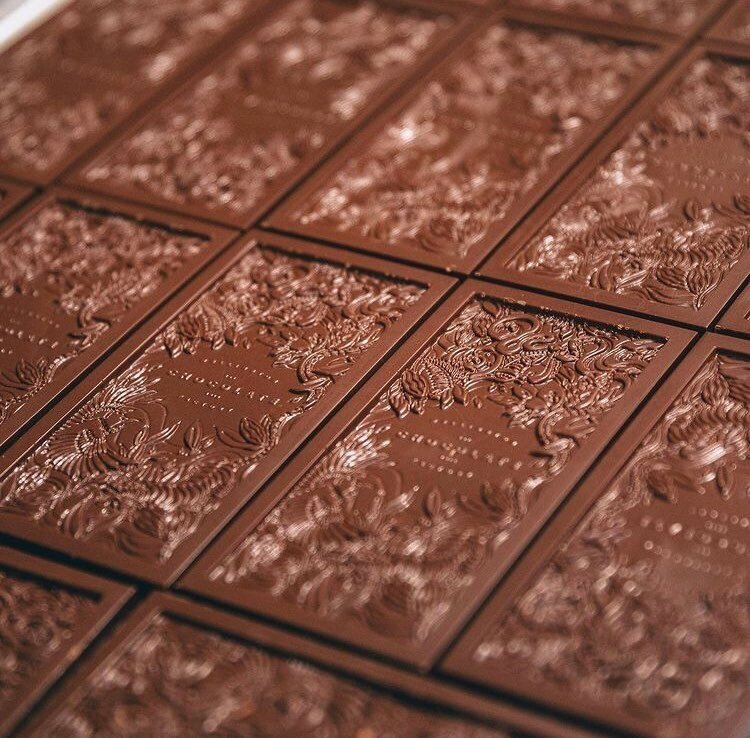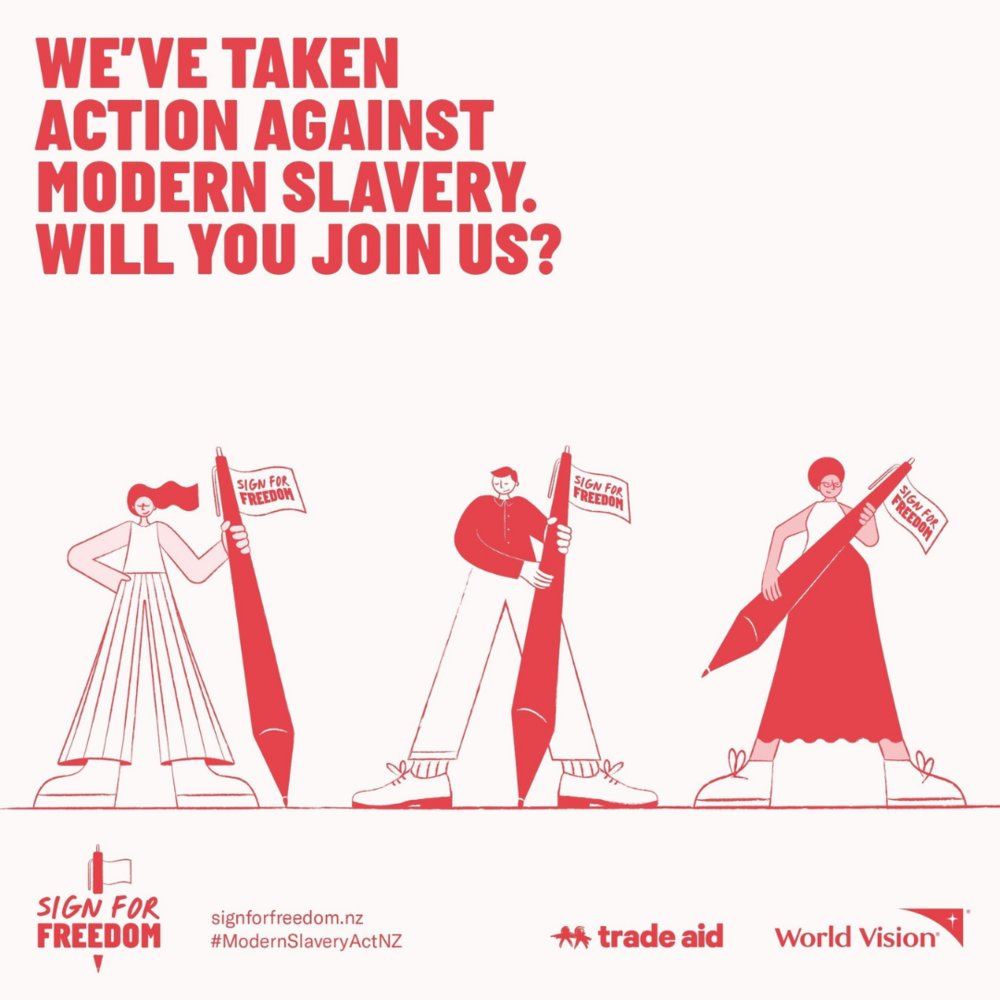Rich, smooth, fruity, nutty or milky, chocolate is the sweet treat that many of us find irresistible. We love it so much that we consume nearly 3 million tonnes of chocolate every year worldwide. Last year during lockdown, Kiwis spent $146 million on chocolate, $7.2 million more than we did in 2019.
But behind the attractive packaging, catchy name brands and marketing campaigns that trigger moments of happiness, chocolate has an extremely dark history.
To honour World Day Against Child Labour, we’re calling attention to the illegal child labour practices in our global cocoa industry. However, we’re also shining a light on the amazing Kiwi brands who challenge this issue every day by creating chocolate products that are sourced and produced by empowered hands.
Look out at the end to find out how you can be part of New Zealand’s first craft chocolate festival!
Sweet escape, bitter reality
Twenty years ago, a number of organisations and journalists published reports of child labour and modern day slavery on cocoa farms in West Africa. These allegations mainly involved farms in Ghana and Ivory Coast, which supply more than 70% of the cocoa used in the chocolate we buy.
Last October, research by NORC at the University of Chicago found that as the overall production of cocoa increased by 62% between 2008 to 2019, use of hazardous child labour on cocoa farms increased by 13%. Hazardous labour includes the use of sharp tools, working long hours or at night, exposure to agro-chemical products and undertaking land clearing activities.
The dramatic growth of the cocoa industry meant a higher demand for cheap cocoa. Since most cocoa farmers only earn less than $2 a day, farmers resorted to using child labour to keep their prices competitive. Farming was also spread further into areas like Côte d’Ivoire and Ghana, where it is difficult to monitor child labour due to weak infrastructure and regulation.

Children deserve to be in school – learning, playing and living – not working on cocoa farms. Image credit: Bill Wegener via Unsplash
Hypocrisy by major manufacturers
Despite signing a cross-sector accord and promising to eradicate this issue, little has been done by the world’s leading chocolate manufacturers. These companies have continuously missed the deadlines to deliver on their pledges (as seen in 2005, 2008 and 2010) while claiming that endling illegal practice is their top priority.
In his heartbreaking 2010 documentary, The Dark Side of Chocolate, Danish journalist Miki Mistrati investigated farms in West Africa that supplied cocoa to major chocolate companies around the world.
He filmed illegal child labour on these farms and interviewed a number of children who said that they had been unknowingly sold, beaten and unpaid for their work. The film also showed children as young as 5 years old using machetes to crack open cocoa pods.
Perhaps one of the most disappointing scenes was when government officials turned Mistrati and his crew away, unwilling to make any comment and trying to convince him that the issue of child labour didn’t even exist. Yes, the issue that Mistrati had captured first-hand on film. It shows just how complex and corrupt the whole system is and demonstrates clearly that the government was cashing in on its profitable cocoa industry.
After Mistrati’s documentary went viral, major brands once again spent millions on advertisements and PR campaigns to promote their “sustainability efforts” and commitments to ending child slavery. In other words, they greenwashed their way out of making real change.
We know this to be true because in February 2021, a lawsuit was filed in a United States court by eight plaintiffs against Nestlé, Mars and Hershey for playing a role in the illegal enslavement of “thousands” of children on cocoa farms in their supply chains. This was an obvious indication that child labour is still very much in practice and just stating that your brand has “a zero tolerance policy” doesn’t actually amount to anything.

In his 2010 documentary, The Dark Side of Chocolate, Danish journalist Miki Mistrati uncovered the brutal reality truth behind how major manufactures source their cocoa beans. Image credits: Bastard Film
Certified chocolate is ethical chocolate – right?
If you went into the supermarket right now and picked up a bar of chocolate, you would most probably find a certification logo on it’s packaging. But that’s not because manufacturers are finally being true to their word – that would be too easy. It’s because they want to assure you that their chocolate is slave-free.
In fact, only some certifications are third-party independent schemes while others are part of the manufacturer’s internal programme.
Right now, Fairtrade is the most well-known and trustworthy certification you’ll find. This is because Fairtrade ensures a minimum price which acts as a safeguard in case market prices drop. As Consumer NZ found, Fairtrade increased their minimum price in 2019 from $2000 USD to $2400 USD per tonne after they found that previous rates weren’t enough to keep farmers above the poverty line.
Fairtrade also pays a Fairtrade Premium, an additional sum on top of the minimum price, that farmers and workers receive with every sale and can democratically use for community projects.

Fairtrade is the most trustworthy certification you’ll find for ensuring slave-free chocolate. Image credits: Bennetto Natural Foods
You might also have seen certifications like Rainforest Alliance and UTZ. Both these organisations, which have since merged, have a larger focus on environmental sustainability. While Rainforest Alliance requires a premium amount be made to farmers, the payment must be negotiated between farmers and buyers and there is no set amount. From July 2022, there will be a required minimum price of $70USD per tonne to individual farmers.
Although Rainforest Alliance are doing research on how to prevent child labour, they are currently unable to ensure that families are earning enough to keep their children from working on cocoa farms. This means that there is no guarantee that we can truly consider their certification child labour free.
Then of course there are in-house schemes like Nestle’s “Cocoa Plan” and the “Cocoa Life” scheme by Mondelēz which do not disclose how much they pay farmers. You can learn more about them here.
Rainforest Alliance also allows manufacturers to mix certified and non-certified cocoa in a chocolate bar. This means that the bar you’re eating could contain 100% certified cocoa or non-certified cocoa.
With the Fairtrade mark, it’s easier to tell. If you see the standard blue and green Fairtrade logo, you can be assured that everything in the product is traceable from bean to bar. If the Fairtrade logo has an arrow, it means you should check the packaging to find out what percentage of Fairtrade ingredients it contains.

Trade Aid is a member of WFTO and sources their chocolate ethically from South American partners who are part of a Fairtrade collective. Image credits: Trade Aid
Crafting change close to home
Luckily, there are some great options for ethical chocolate made by Kiwi-owned businesses. At fair&good, we showcase a number of ethical chocolate brands on our directory, including Trade Aid, Wellington Chocolate Factory, Bennetto Natural Foods and Ola Pacifica.
Not only do these brand partners uphold our fair&good values, but all of them ensure that their suppliers are paid fairly, have safe working conditions and do not condone child labour of any form.
Trade Aid, for instance, is part of the World Fair Trade Organisation, which means that they are audited by a third party through assessments and peer reviews and so are their South American trading partners.
“We source our cocoa from South American producer organisations that are part of the Fairtrade cooperative, which allows us to trade as directly as possible with farmers,” said Michelia Miles, Trade Aid Development and Education Manager.
In 2014, Trade Aid opened the Sweet Justice Chocolate Factory in Christchurch, New Zealand. This is where they create all their certified organic, fair trade chocolate bars, blocks, coated nuts and chocolate drops. To ensure farmers get better returns, Trade Aid purchases semi-processed products like cocoa liquor, cocoa butter and granulated sugar instead of unprocessed cocoa beans or sugar cane.
Learn about the differences between Fairtrade and Fair trade here.
Wellington Chocolate Factory and Bennetto Natural Foods are both certified Fairtrade and organic, which means that even the other ingredients in their products like sugar are also free of child labour. While Fairtrade certification is not yet available in Samoa, Ola Pacifica operates through a direct trade system, ensuring that small scale farmers are paid fairly for their work.

Want to learn more about ethical chocolate? WCF is hosting “Chockstock” NZ’s first craft chocolate festival in July. Learn more here. Image credits: WCF
How can you ensure you’re getting the good stuff?
It’s not just about demanding quality in the product, but in the life of the cocoa farmer. We believe that when it comes to certifications, Fairtrade and organic chocolates are your best bet. These certifications are the only ones that really ensure farmers are getting paid enough to send their children to school and keep them out of the farms.
“When farmers are able to earn a living wage and work together to create an organisation that benefits their community , then there is no room for child labour.”
— Michelia Miles, Trade Aid
If your favourite chocolate is from a smaller brand that is not certified, ethical and direct trade is the best option as brands have direct access to farmers and can ensure that their needs are being met.
Be sure to find out who the parent company is so you can learn more about their trading practices. For instance, Green & Blacks by Mondelēz, the maker of Cadbury chocolate, only has 3 bars that are certified Fairtrade. The rest of their bars fall under the Cocoa Life scheme which claims to pay a “loyalty premium” to farmers, although they do not disclose how much that is.
Sign for freedom
Another way we can take action is to sign the Modern Slavery Act that requires public and private entities in New Zealand to report on the risks of modern slavery in their operations and supply chains, and on the actions they are taking to address those risks.
If you haven’t signed it yet, visit www.signforfreedom.nz !

Vote with your dollars and your voice
Finally, it’s important that we keep talking about the issue of child labour in the cocoa industry. Share this news on social media and discuss making conscious purchases with friends and family because the best thing we can do as consumers is to advocate for the vulnerable and unheard communities behind our products.
“Most people assume that because no one’s talking about it anymore that the issues have gone away when they really haven’t,” says Amy Coulson from Wellington Chocolate Factory.
To educate people about why ethical chocolate matters and help them understand their purchasing, Wellington Chocolate Factory is hosting NZ’s first craft chocolate festival, Chockstock next month at their Eva St shop. Consumers will be able to meet the makers, taste a variety of craft bars and learn more about how ethical chocolate is made.

